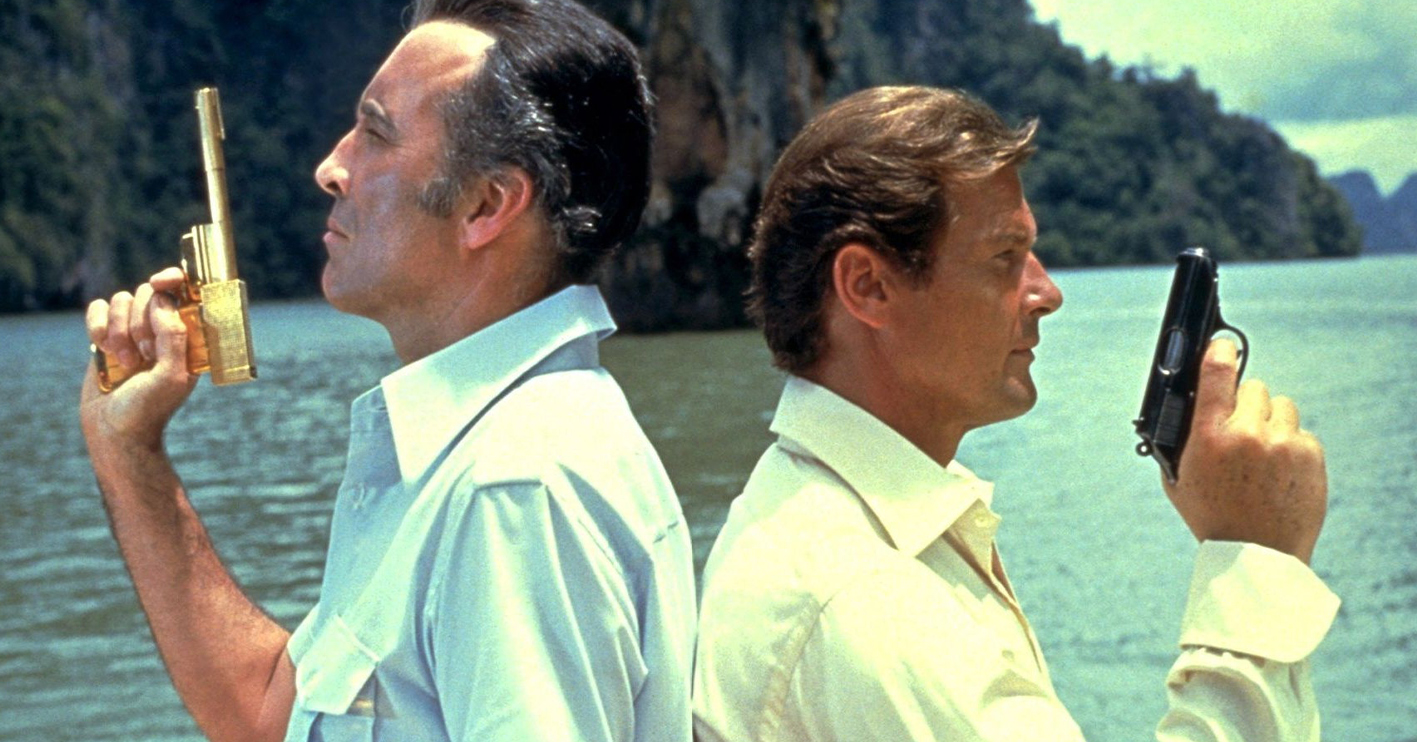When 1973’s Live and Let Die introduced Roger Moore as the third big-screen incarnation of James Bond, it was immediately clear that this new 007 actor had a radically different take on the role than that of his predecessor Sean Connery (and, to a lesser extent, the one-and-done George Lazenby). It wasn’t until Roger Moore’s second outing as Bond in 1974 follow-up The Man with the Golden Gun that we really saw just how far removed his 007 would be from what went before.
Did you know these 24-carat facts about the divisive Bond film?
20. Trouble behind the scenes meant it was almost the last ever Bond movie
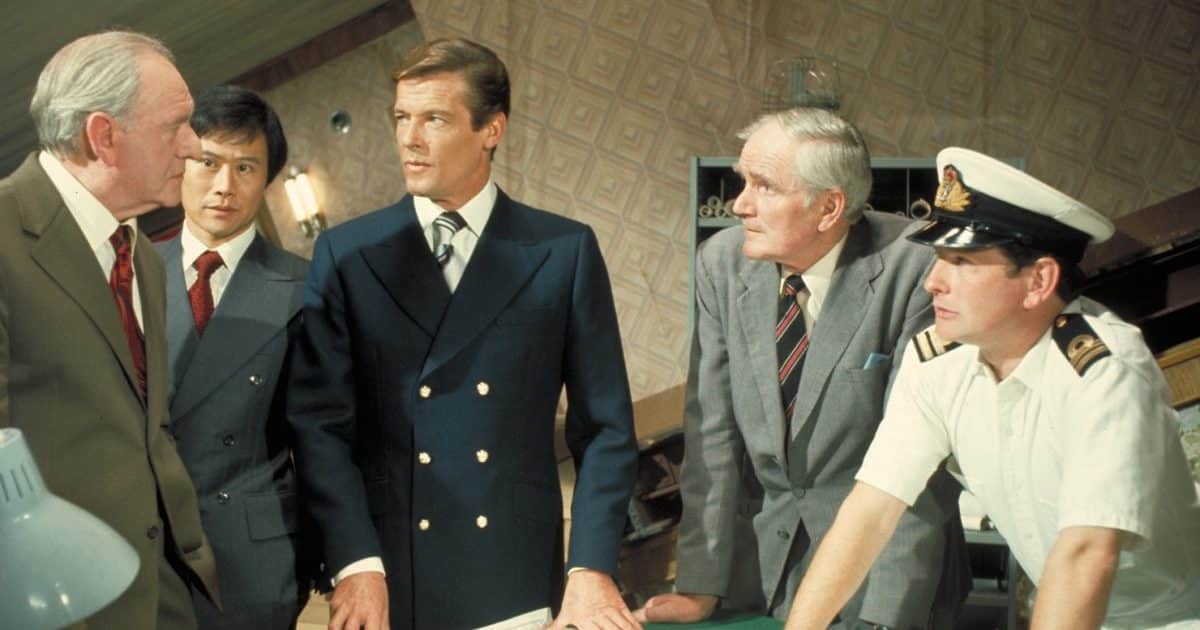
The Man with the Golden Gun was the ninth official James Bond movie, and was by all accounts a troubled production. Up to that point, every entry in the 007 series had been co-produced by Albert R. ‘Cubby’ Broccoli and Harry Saltzman, the co-founders of Eon Productions. However, problems on this ninth film saw the end of the professional relationship between Broccoli (above left, next to Ian Fleming) and Saltzman (above right). Saltzman soon quit Eon Productions, selling off his share of the Bond rights and leaving Broccoli to fly solo from then on.
This alone would have been cause for concern regarding Bond’s future, but things only seemed worse once The Man with the Golden Gun opened. Poorly reviewed, it grossed under $98 million at the box office, making it one of the least profitable Bond movies. Because of this, there were fears that the 007 franchise might be over. Happily this wasn’t the case, although the three-year gap between The Man with the Golden Gun and 1977’s The Spy Who Loved Me was the longest wait between Bond movies up to that point.
19. Ian Fleming originally wanted Christopher Lee to play Dr No
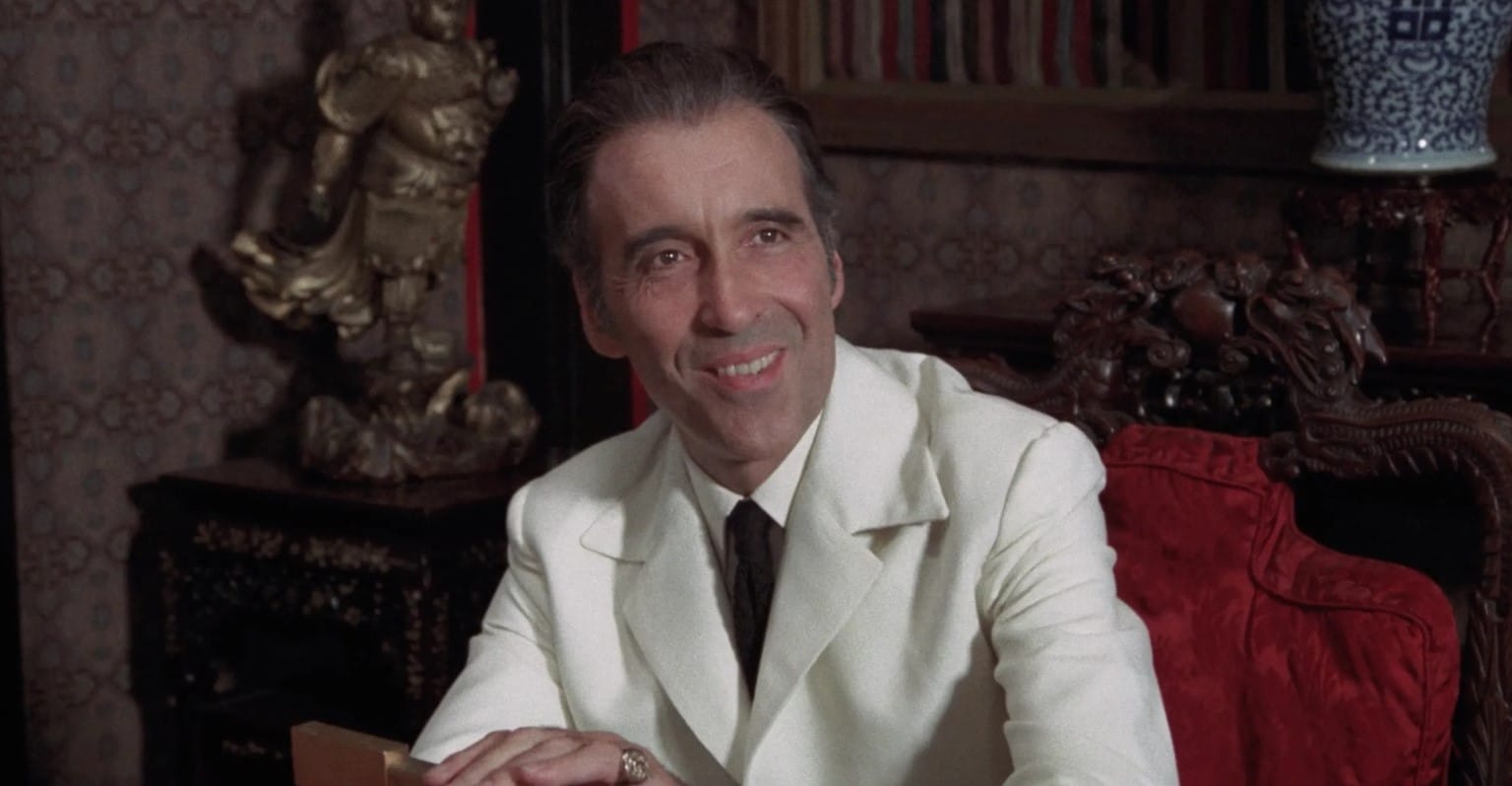
The Man with the Golden Gun stars Christopher Lee as the villain of the title, master assassin Francisco Scaramanga. Lee was in fact a cousin of Bond’s creator, author Ian Fleming, who died a decade before this film was released. Early on, Fleming had pushed for Lee to play the villain of the title in the first Bond movie, 1962’s Dr No. Unfortunately, by the time Fleming made this request of producers Broccoli and Saltzman, they had already cast Joseph Wiseman in the role.
Lee would have to wait until the ninth Bond movie to face off against the famous secret agent – but even then, the British actor wasn’t the first choice. It was only after Jack Palance turned down the role of Scaramanga that it was offered to Lee (who had not long since retired from his signature role of Dracula in the Hammer Films series).
18. The film was supposed to be the follow-up to You Only Live Twice
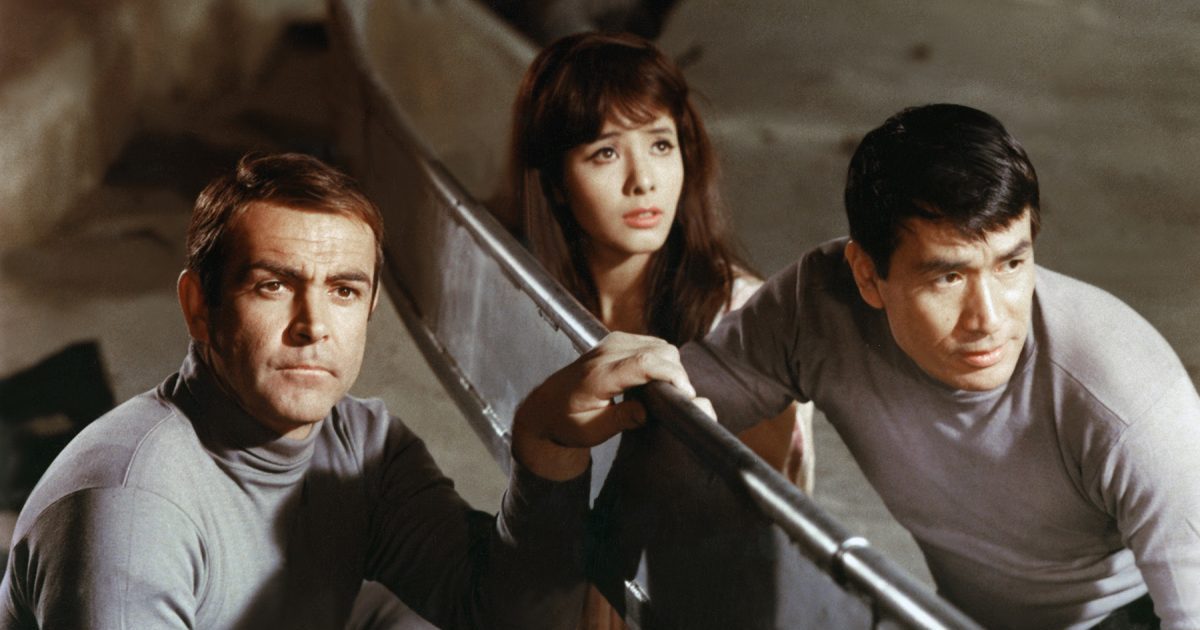
The Man with the Golden Gun was the last Bond novel ever written by Ian Fleming. The novel would not see print until 1965, the year after the author’s death from a heart attack at 53. The Bond filmmakers had initially considered filming the novel immediately after what was meant to be Sean Connery’s last film in the role, 1967’s You Only Live Twice.
The plan had been to introduce Roger Moore (who had auditioned for the role on Dr No) as the second Bond actor at that time. However, for various practical reasons these plans fell through, leading Eon Productions to instead make On Her Majesty’s Secret Service with George Lazenby. After that film, Connery would play the role once more in Diamonds are Forever, before Roger Moore became the third 007 with Live and Let Die.
17. The corkscrew car jump had to be planned and trademarked for several years before it was shot
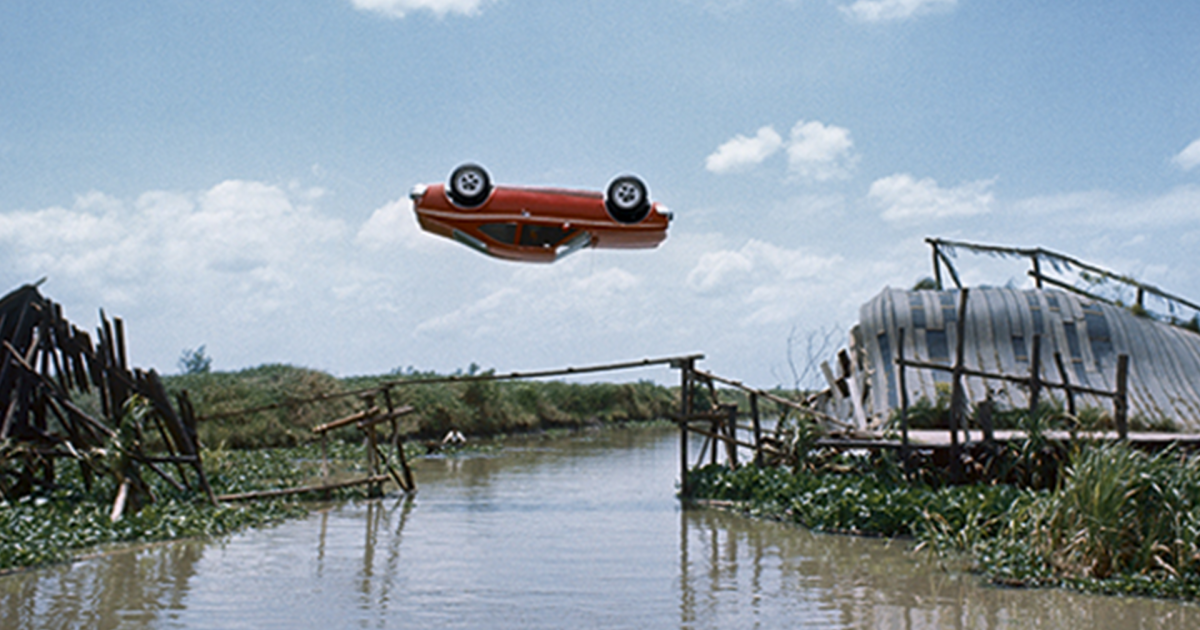
The Man with the Golden Gun features what is widely acknowledged as one of the most extraordinary stunts in the history of the action-packed series, when Bond drives his (recently stolen) AMC Hornet across a broken bridge, doing a 360 degree spin in mid-air. This ground-breaking stunt had been previously been performed by an American stunt team at live shows across the US, before Eon Productions bought the rights to recreate it in a Bond movie. Eon Productions then went about copyrighting the stunt to make sure that no one else could put the eye-catching move on film before them.
As further proof of the move’s complexity and planning, it was one the very first movie stunts to be designed on a computer. While everyone who saw the movie was wowed by the stunt, many were displeased by the decision to add a comedic slide whistle to the corkscrew. Producer Cubby Broccoli, director Guy Hamilton and composer John Barry would all later express regret for adding this sound effect, agreeing that it detracts from what should be a genuinely thrilling moment.
16. Martial arts scenes were added to cash in on the kung fu craze of the time
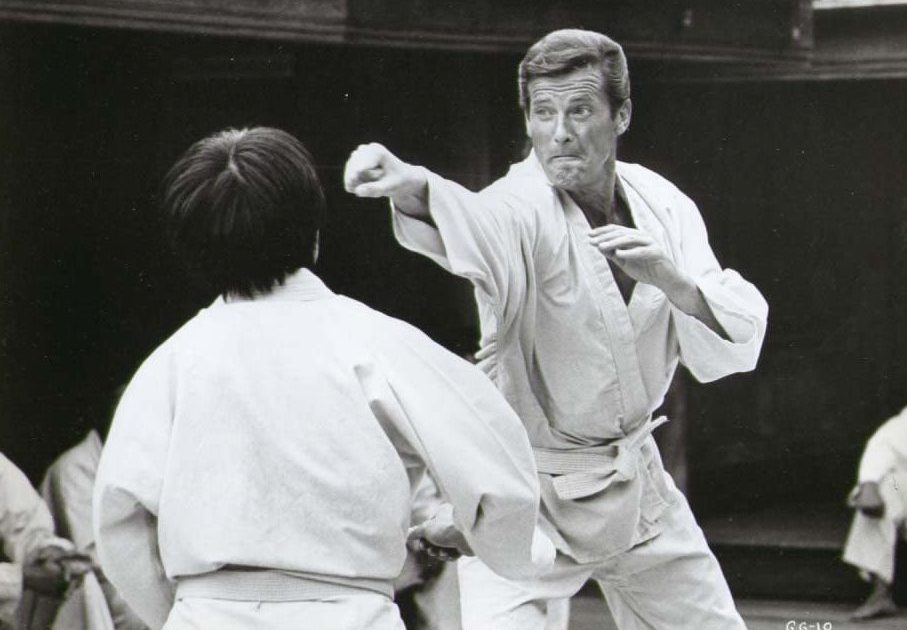
James Bond movies had featured martial arts before, notably in the Japan-based You Only Live Twice. However, by the early 70s, karate and kung fu had massively grown in popularity in the United States and Europe. This martial arts craze was in no small part thanks to the TV series Kung Fu and the films of Bruce Lee.
It was for this reason that martial arts sequences were added to The Man with the Golden Gun. These were not part of Fleming’s original novel, which was largely set in the Caribbean. Tacked on or not, the kung fu scenes feel appropriate given the movie transposes the action to Hong Kong and Thailand.
15. Alice Cooper wrote a theme song but it was rejected
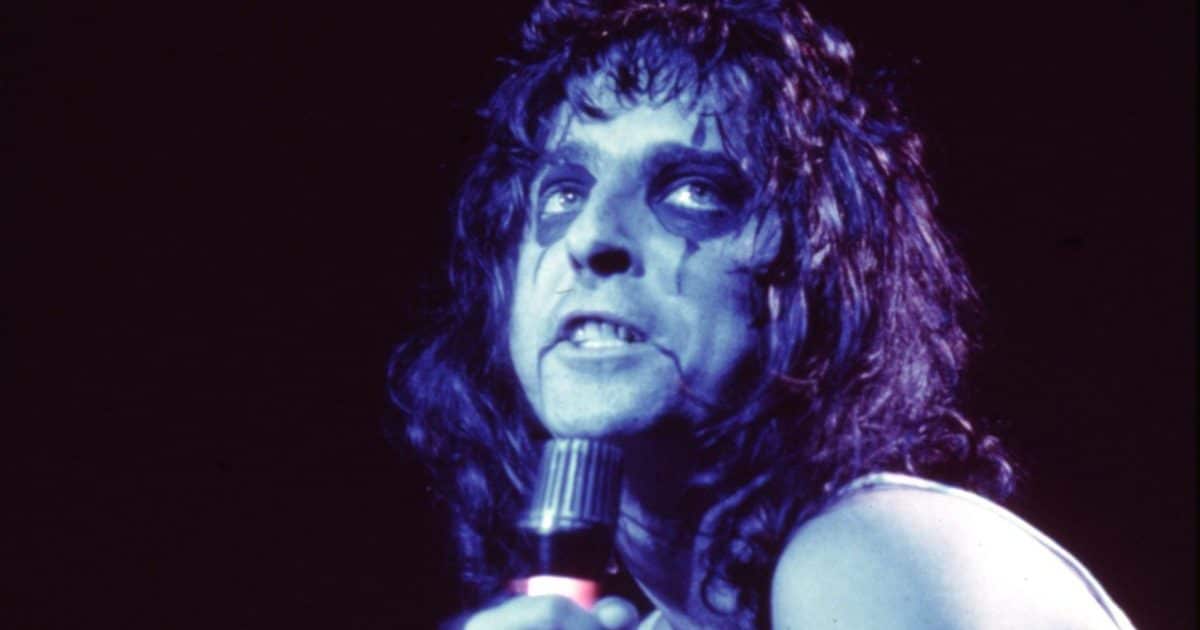
Paul McCartney’s theme for previous Bond movie Live and Let Die proved that the producers were open to theme songs which were more rock-oriented than in years gone by. With this in mind, Alice Cooper composed a song for The Man with the Golden Gun which was presented to the producers. However, Eon Productions rejected the song in favour of John Barry and Don Black’s composition, performed by Lulu.
Despite this, it was widely agreed by most within the Bond camp that film’s theme song was the weakest of the series up to that point. Composer John Barry voiced disappointment with all his work on The Man with the Golden Gun, calling it one of his weakest scores. Alice Cooper’s rejected The Man with the Golden Gun song was ultimately featured on the album Muscle of Love.
14. Scaramanga’s island is now a tourist attraction informally known as James Bond Island

For Scaramanga’s exotic island headquarters, Eon Productions chose the Thai island of Khao Phing Kan. Before that time, Khao Phing Kan was a little-known island that did not receive a great many visitors. Of course, the location’s worldwide exposure in a James Bond movie drastically affected interest from holidaymakers.
In the years since, a massive influx in tourism has seen Khao Phing Kan become popularly known as James Bond Island.
The location is made distinctive by the 20-metre islet Ko Ta Pu, a limestone karst tower located 40 metres off the shore. The island is part of Thailand’s Ao Phang Nga Marine National Park, and since 1998 boats have no longer been allowed to approach the islet in order to avoid erosion and littering.
13. Roger Moore once called Nick Nack actor Hervé Villechaize a “diseased sex maniac”
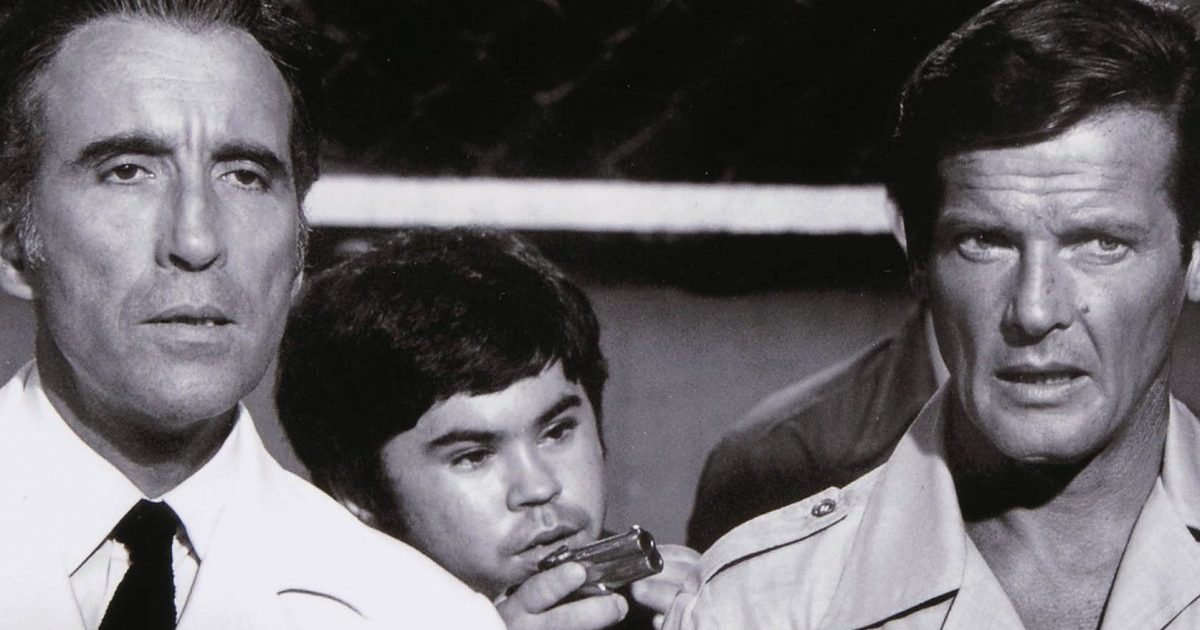
Hervé Villechaize appears in The Man with the Golden Gun as Nick Nack, the diminutive henchman of Scaramanga. The French-American actor had been sleeping in his car before being cast, but the role elevated him to stardom. Not long thereafter, Villechaize was cast in a similar role on TV’s Fantasy Island, alongside Ricardo Montalban.
Villechaize was not particularly well-liked by Roger Moore, who later called his 3’11” co-star “a diseased sex maniac with unnatural lusts.” Moore alleged that Villechaize bragged about sleeping with 35 women during the course of The Man with the Golden Gun’s production. Villechaize’s story did not have a happy end; beset with personal problems and struggling to keep his career going, the actor committed suicide in 1993.
12. Maud Adams would return in Octopussy, making her the only actress to play multiple Bond girls
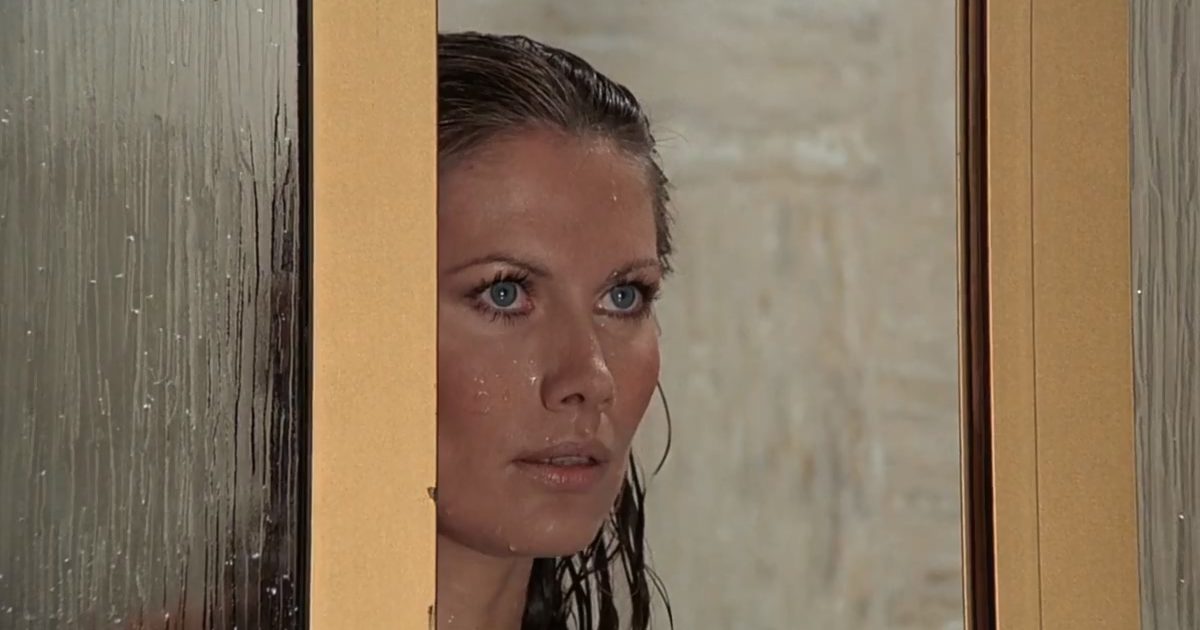
The Man with the Golden Gun co-stars Maud Adams as Andrea Anders, the unwilling mistress of Scaramanga. Nine years later, Adams would make series history by again appearing alongside Roger Moore in the title role of Octopussy. This makes Adams unique among Bond actresses, as she’s the only actress to play more than one central ‘Bond girl’ in the series.
Adams even made it a hat trick by making a brief, uncredited appearance in Moore’s last Bond movie, A View to a Kill. Other actresses have appeared in more than one Bond movie. Martine Beswick appeared in both From Russia with Love and Thunderball, although her earlier role was not a speaking part. Carole Ashby also appeared in both Octopussy and A View to a Kill, but both roles were minor, unnamed characters.
11. Britt Ekland was upset when Maud Adams was cast
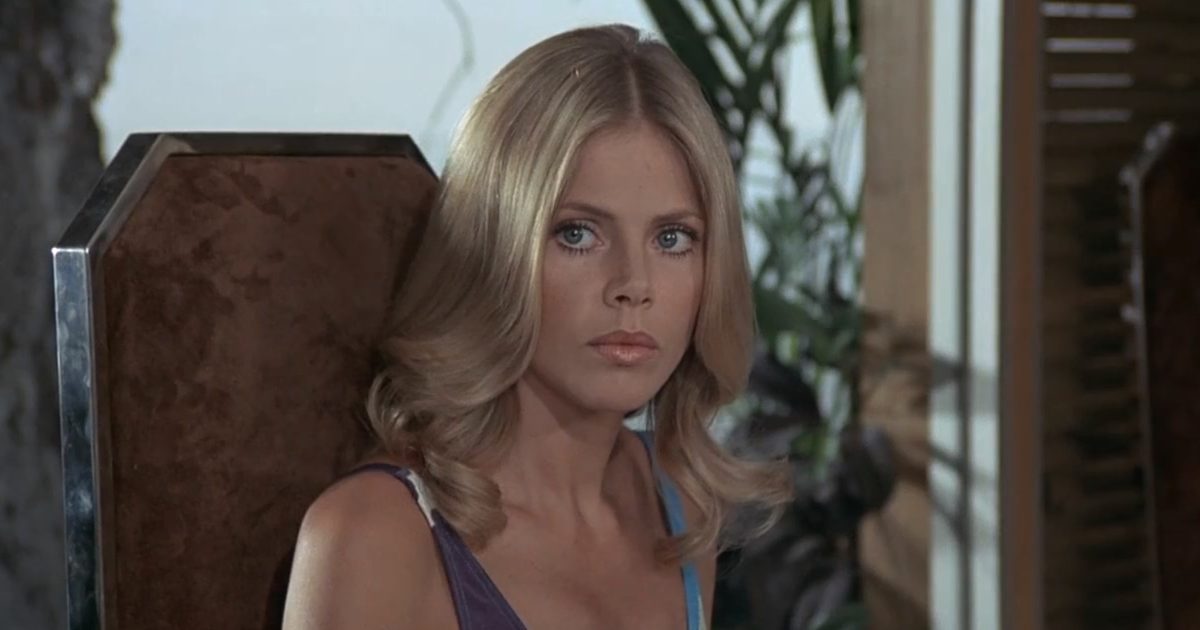
One of the most notorious aspects of The Man with the Golden Gun is Britt Ekland’s character Mary Goodnight. Though an MI6 agent, Goodnight is a hapless comic relief character who seems completely lacking in skills as a spy, which makes her elite rank a mystery. As well as constantly needing Bond to come to her rescue, Goodnight also spends a good portion of the film clad in nothing more than a bikini, which quickly drew complaints of sexism.
Of course, while Ekland’s character is something of a prima donna, the actress herself was infamous for having a similar temperament in real life. Ekland and co-star Maud Adams are both Swedish, and when Ekland learned of Adams’ casting she was reportedly very upset, believing Adams had taken the role of Goodnight from her. In order to stay on the star’s good side, producer Albert Broccoli quickly called Ekland to personally offer her the part of Goodnight.
10. Roger Moore objected to the scene in which Bond beats up Andrea
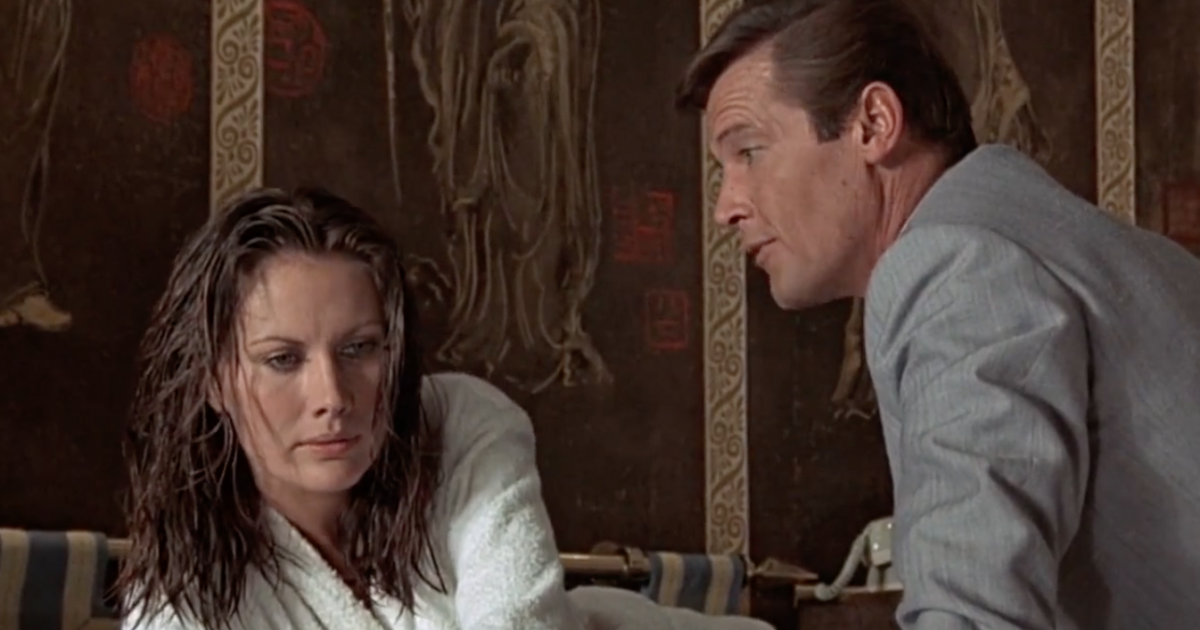
All in all, the tone of The Man with the Golden Gun is a lot lighter than the Bond movies that came before it. However, director Guy Hamilton (who had previously directed Goldfinger, Diamonds are Forever and Live and Let Die) didn’t want to lose Bond’s dark side altogether. With this in mind, Hamilton insisted on having Bond beat up Maud Adams’ Andrea to get information from her.
Moore, who was knowingly steering his performance away from the darkness of Connery, was very unhappy about this. The actor argued that Bond should have worked his charms on Adams’ Andrea instead, but he was overruled. Another moment of cruelty that Moore objected to was the scene in which he pushes a small boy out of his boat.
9. Scaramanga was originally written as an American gangster
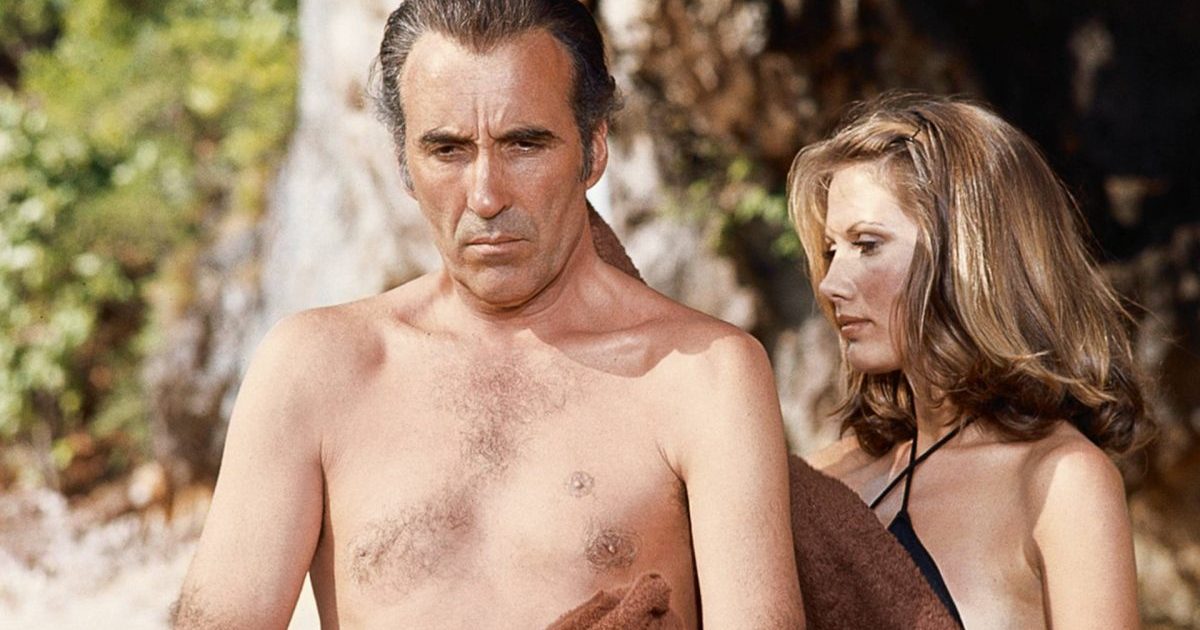
While the earliest James Bond movies adhered closely to the plots of Ian Fleming’s novels, the filmmakers started significantly embellishing the material from You Only Live Twice onwards. This was true of The Man with the Golden Gun, in part as it moved the bulk of the action from the Caribbean to South East Asia. In addition, the villain of the title was written rather differently in Ian Fleming’s original novel.
Fleming wrote Scaramanga as a much rougher, rowdier character more akin to an inner city gangster. The filmmakers chose to reinvent the character as more suave and sophisticated, in order to serve as a shadowy reflection of Bond himself. However, they did keep certain key characteristics specified by Fleming, including his exotic weapon, his third nipple, and his background in the circus. Lee even recites a monologue about shooting an elephant which is taken word-for-word from the book.
8. Scaramanga’s first victim previously appeared as a gangster in Diamonds are Forever
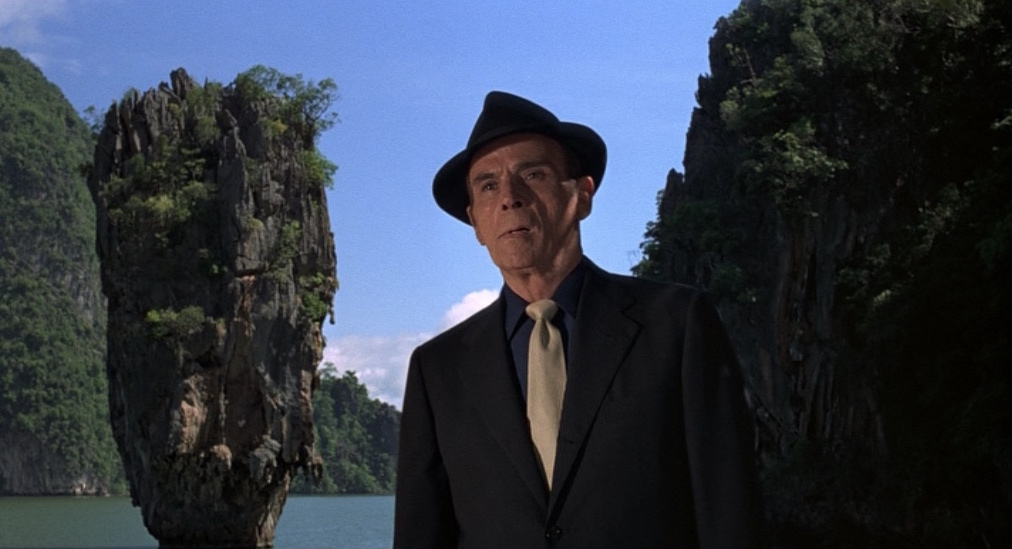
Officially, the only actor to reprise a bad guy role in the Bond movies is Richard Kiel, who played Jaws in The Spy Who Loved Me and Moonraker. However, it has been suggested that this may also be the case for The Man with the Golden Gun supporting actor Marc Lawrence. The New York-born actor appears in the movie’s opening scene as Rodney, the first man to be stalked to his death by Scaramanga through the millionaire assassin’s bizarre home carnival.
Director Guy Hamilton said he chose Lawrence for the role as he liked the contrast between an old-fashioned American gangster and the exotic south-east Asian setting. However, Lawrence had previously appeared in a similar gangster role playing an unnamed character in earlier Bond movie Diamonds are Forever. For this reason, some Bond fans have theorised that Lawrence may indeed by playing that same character a second time.
7. Producer Harry Saltzman wanted to add an elephant stampede sequence for some reason
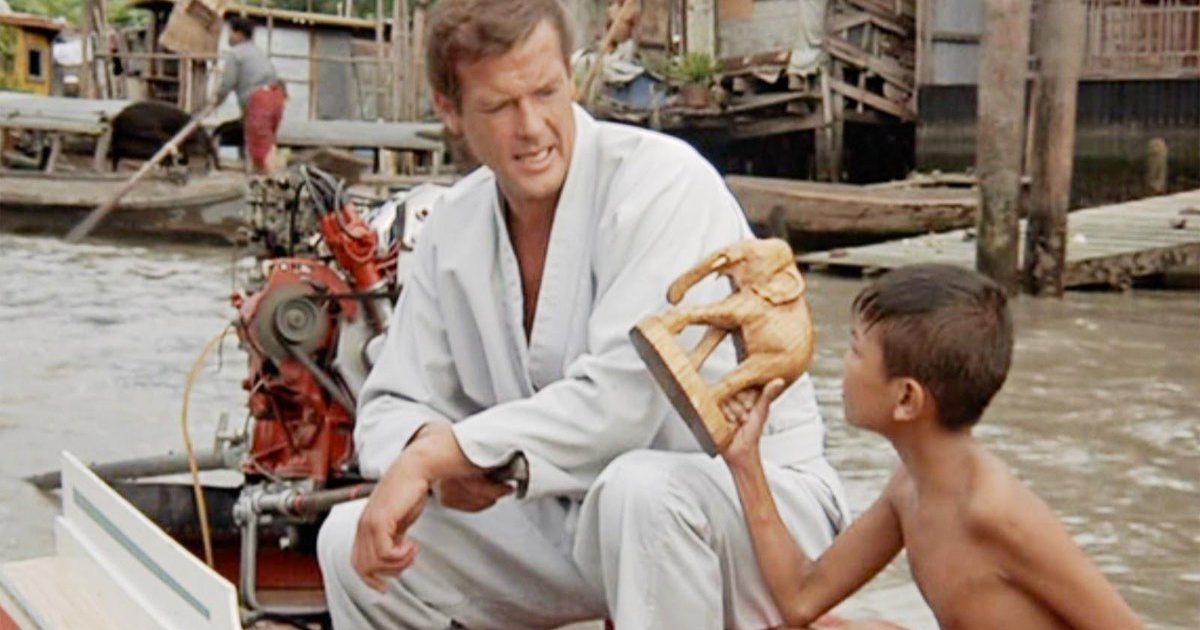
Longtime Bond producers Harry Saltzman and Albert Broccoli fell out in a big way whilst shooting The Man with the Golden Gun. Roger Moore stated on record that most of the producers’ arguments took place behind closed doors. However, Saltzman and Broccoli did have a number of squabbles in public – and some of these involved elephants. Saltzman envisaged a large-scale action sequence in the movie in which Bond and Scaramanga would chase one another from the backs of elephants during a stampede.
Broccoli and the other key members of the Bond team thought this was a bad idea, but this didn’t stop Saltzman continuing to look into the matter, even going so far as to purchase more than 2,600 pairs of special protective shoes for elephants. Ultimately, no such sequence was ever filmed; the most notable elephants we see in the movie are made of wood.
6. It has the lowest body count of any Bond movie
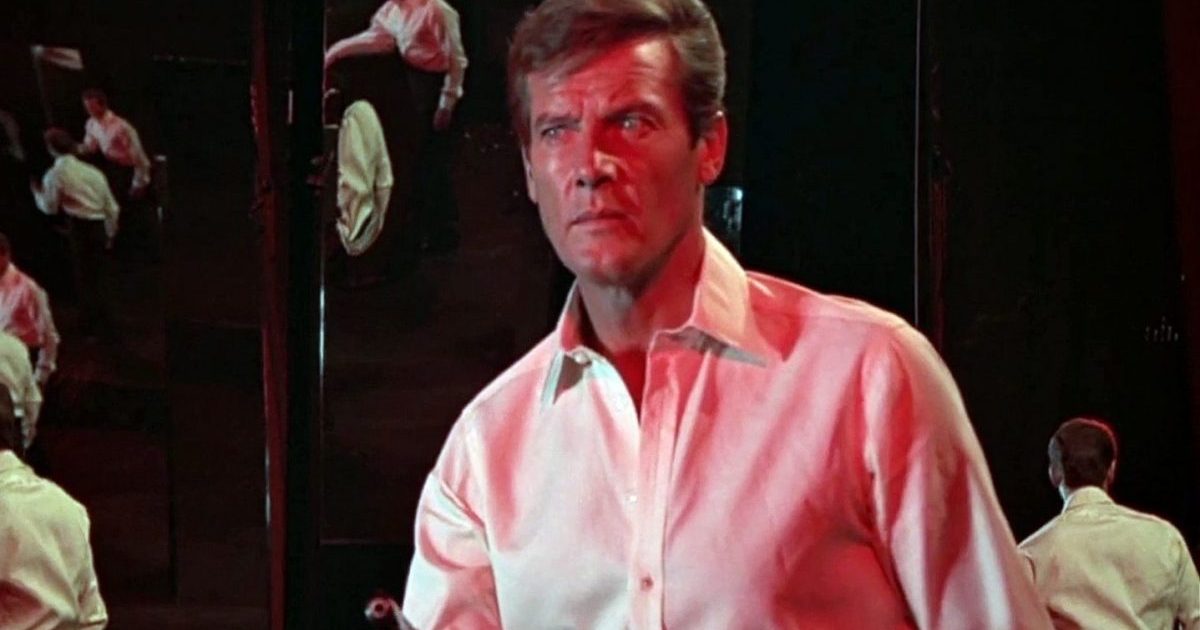
Considering the film has the word ‘gun’ in the title, you might anticipate that The Man with the Golden Gun would feature a lot of people getting shot. On the contrary, the ninth Bond movie stacks up the smallest pile of bodies of any entry in the series to date. A grand total of six people die in the movie, and only one of those is killed by Bond. We should hardly think it’s a spoiler to reveal that 007’s one kill in the movie is, of course, Scaramanga in the final scenes.
This is a big moment for Roger Moore’s Bond in another respect: outside of the famous ‘gun barrel’ intro sequence, it’s the first time we see Moore fire 007’s signature gun, the Walther PPK. Contrast that with follow-up film The Spy Who Loved Me, which features 147 deaths, 31 of which are at Bond’s hand. Even that remains the runner-up to the deadliest Bond movie of them all, You Only Live Twice, which has a body count of 197.
5. Roger Moore and JW Pepper actor Clifton James would die within a month of one another
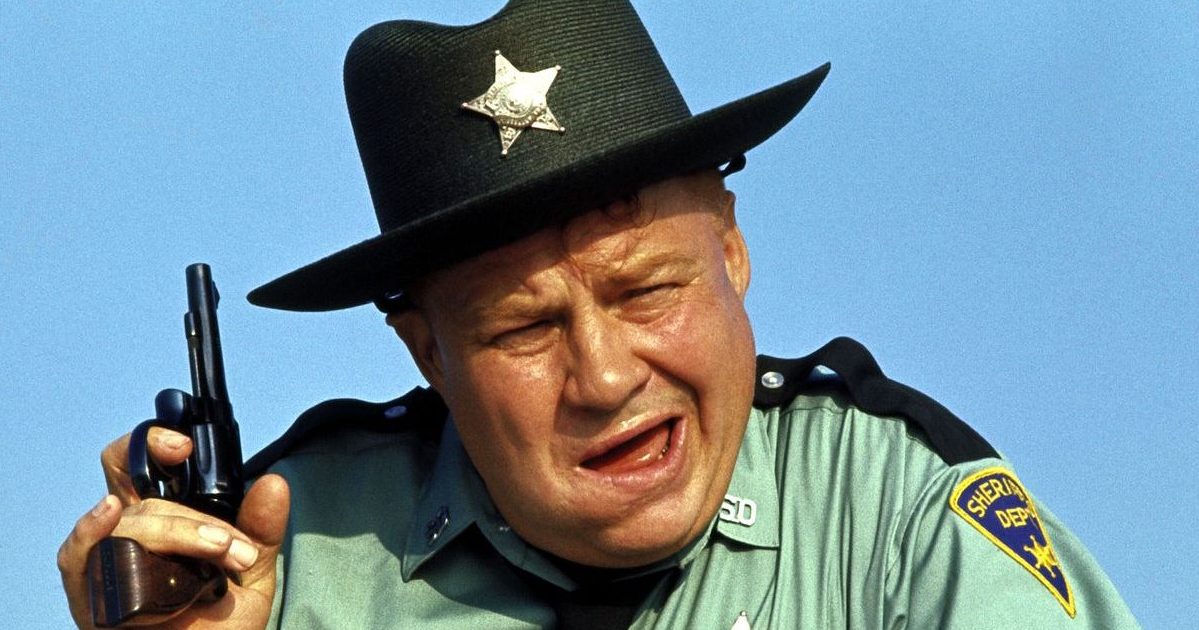
The Man with the Golden Gun is one of the few Bond movies to see the return of an incidental character not created by Ian Fleming. American actor Clifton James returns as Sheriff J.W. Pepper, a comic relief figure introduced in previous Bond movie Live and Let Die. A broad caricature of a Southern lawman, Pepper is a divisive character among Bond fans now, but proved popular enough at the time to make a second (and last) appearance.
Born in 1920, Clifton James was seven years older than Roger Moore – but both men would die around the same time. James passed away in Oregon on the 15th of April 2017, at the age of 96. Roger Moore, meanwhile, passed barely a month later on the 23rd of May aged 89, at his home in Switzerland.
4. Top Gear unsuccessfully made two attempts to recreate the corkscrew car jump
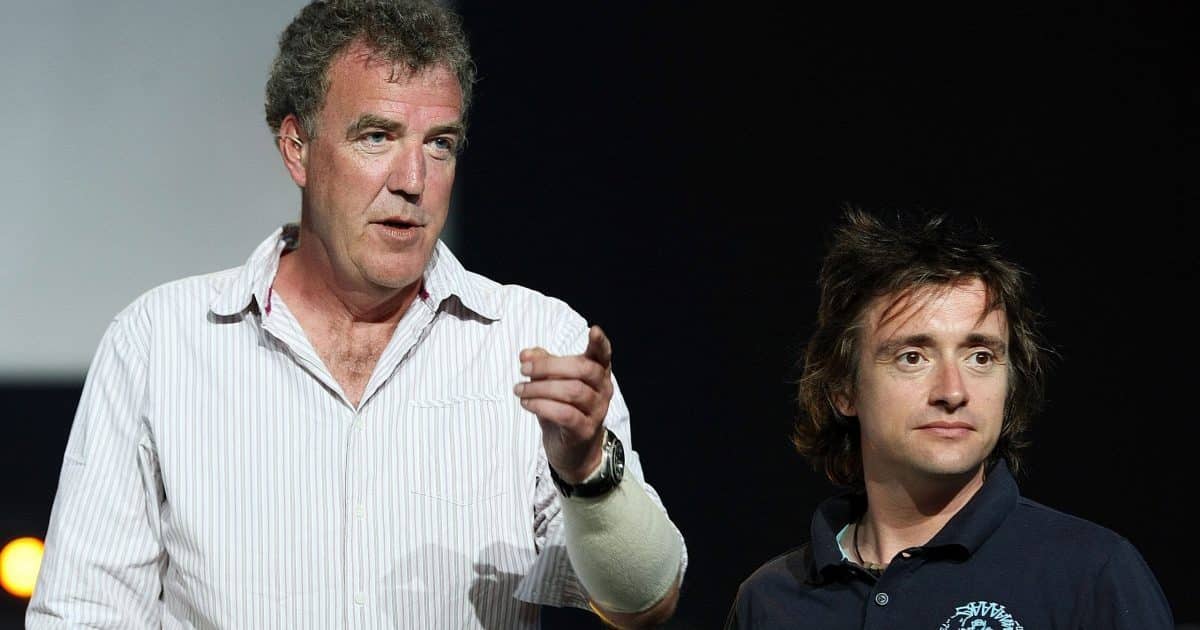
The Man With the Golden Gun’s corkscrew car jump is only made more impressive by the fact that it was shot in one take. After years of planning, it only took a single attempt for stunt driver Bumps Willard to perfectly land the fiendish manoeuvre (for which Willard reportedly earned a $1,000 bonus). Yet while Willard might have made it look easy, subsequent attempts to recreate the move have been met with difficulty.
BBC car show Top Gear have made not one, but two attempts to pull off the corkscrew jump. The first of these was shot in 2008, and the driver sadly failed to land the move. Top Gear tried again in 2014, and this time they did it, but with a far bumpier landing than Bumps Willard had managed 40 years earlier.
3. Longtime Bond cinematographer Ted Moore quit midway through filming
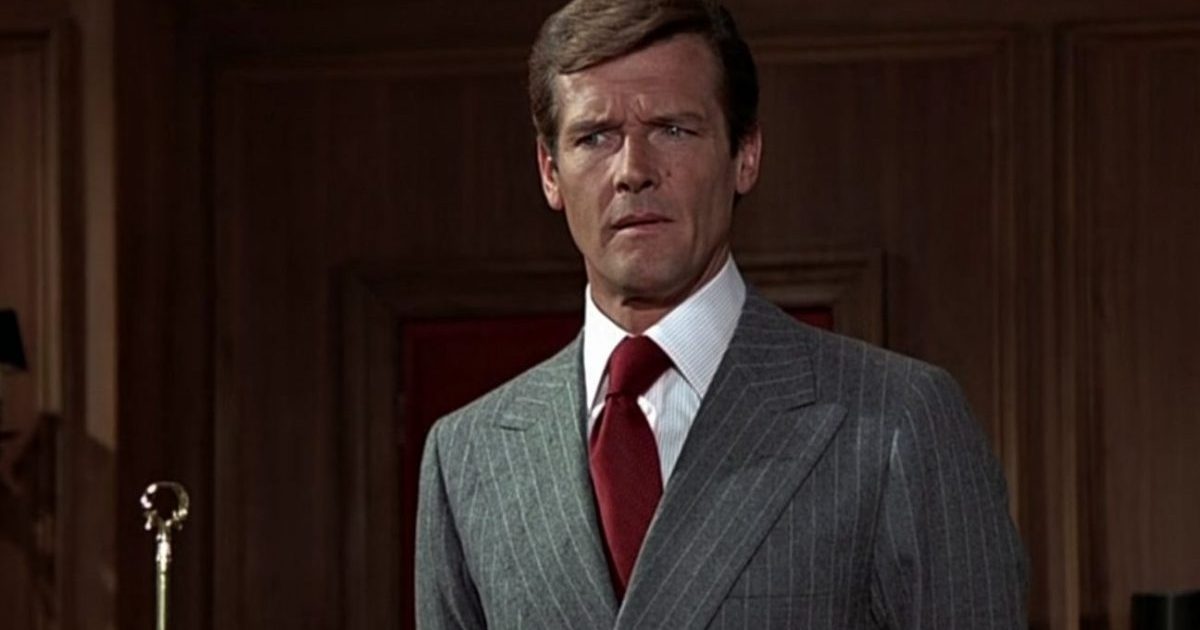
Producers Albert Broccoli and Harry Saltzman were not the only ones clashing on The Man with the Golden Gun. The film also saw the departure of Ted Moore, long-standing director of photography on the Bond series. Moore had been the cinematographer on all but two of the films made in the series up to that point. He walked away from the film midway through production, to be replaced by Oswald Morris.
Accounts vary as to why Moore quit: some say it was due to ill health, whilst others say it was down to a disagreement with the producers. Whatever the case may be, Ted Moore did not work on another Bond movie, although he served as director of photography on many more films before retiring in the early 80s.
2. The golden gun was made from a cigarette case, a lighter and a fountain pen
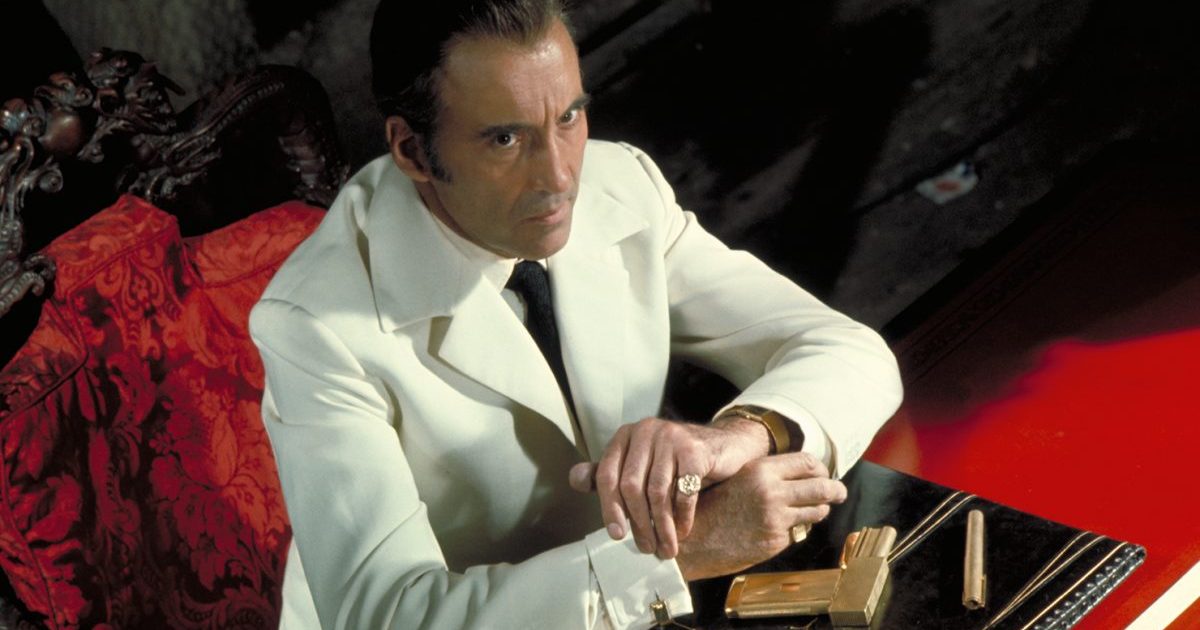
A key prop in The Man with the Golden Gun is, of course, the golden gun itself. In giving Christopher Lee’s Scaramanga his signature weapon, the filmmakers weren’t content to take an existing gun and spray it gold. Instead, special effects artist John Stears designed a one-of-a-kind firearm constructed from the must-have accessories of an old-fashioned man about town.
The gun’s key components were a metal cigarette case, a lighter and a fountain pen. As is so often the case with Bond gadgets, breaking the weapon down into household objects would help its true nature go undetected. In reality, Christopher Lee admitted finding it very difficult to assemble; the scene in which we see him constructing the gun took many takes.
1. Christopher Lee took the gun with him in promotional interviews – but it was eventually seized by US customs
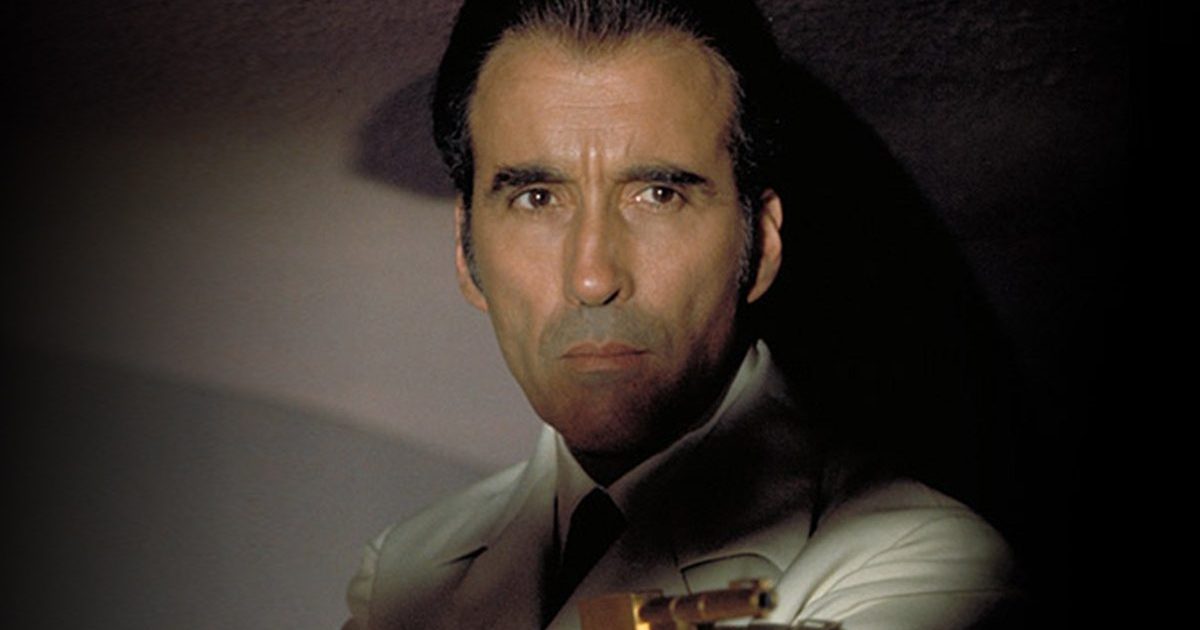
Given the prominence of the golden gun in the film, the weapon was also emphasised in the film’s publicity. As part of this, Christopher Lee was entrusted with one of the three prop guns to show off in TV interviews. The actor had intended to bring out the prop (which, it should be stressed, was not an actual working firearm) on an interview with famed US talk show host Johnny Carson.
Unfortunately, when Lee flew into Los Angeles for the interview, the prop was confiscated at customs. Eon Productions were not able to reclaim the golden gun for a few months, by which time they were no longer promoting the movie.

